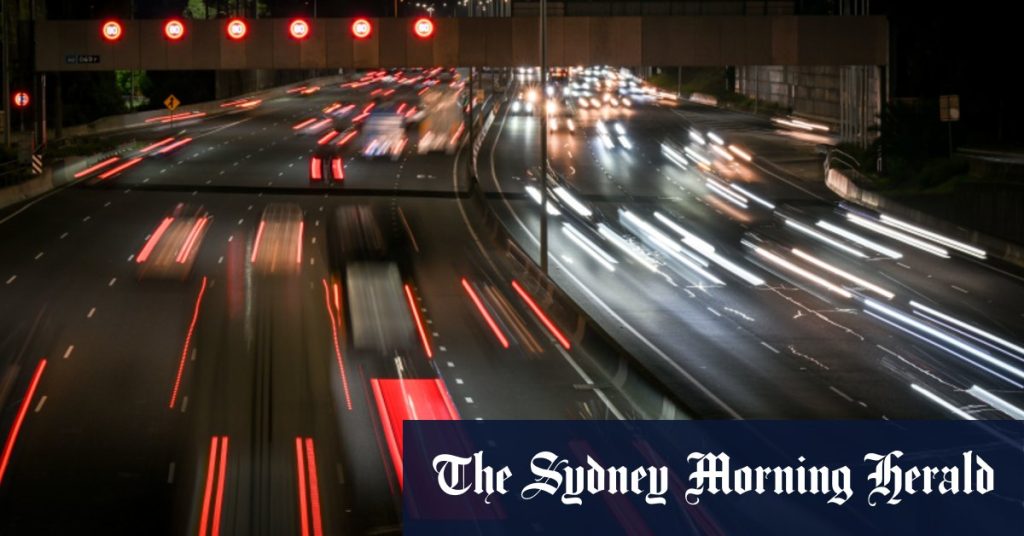The Transport Accident Commission (TAC) in Victoria is funded by motorists through a levy on their annual vehicle registration, as well as investments in shares and other assets. In FY2024, the TAC reported $2.2 billion in insurance fee revenue and $1.7 billion from investments, paying out $1.81 billion in benefits to nearly 45,000 people injured in transport accidents. However, there have been accusations that the government is raiding the TAC to prop up other parts of the budget, leading to a decrease in funding for road safety improvements such as roadside barriers and line marking.
Opposition road safety spokesperson Danny O’Brien criticized the government for diverting TAC funds away from road safety initiatives, resulting in a decrease in contributions to the Road Safety Fund. The Road Safety Fund, which receives the TAC’s road upgrade contributions, has seen a significant reduction in funding, impacting important programs aimed at reducing the road toll. Despite these concerns, a spokesperson for the Allan government stated that the TAC’s road safety budget is not affected by dividend payments to the government, and that the TAC had increased its investment in road safety programs in FY2024.
The TAC reported a $1.04 billion profit in the previous year, with a funding ratio above its target range. However, the government is forecasted to take significant dividends from the TAC in the coming years, raising concerns about the impact on road safety funding. Road safety engineer Rob Morgan emphasized the importance of adequate funding for improving dangerous roads to prevent fatal crashes and serious injuries, highlighting the impact of diverting TAC funds away from road safety initiatives.
In addition to the rising road toll and serious injuries in transport crashes, the Victorian Road Safety Strategy aims to halve deaths and serious injuries between 2021 and 2030. The government’s decision to take dividends from the TAC for budgetary purposes has raised concerns about the impact on road safety initiatives and funding for crucial projects. The strain on state finances due to pandemic-era debt and growing interest payments has led to the government pulling funds from various authorities and corporations, further complicating the situation.
Overall, there are conflicting perspectives on the government’s decision to take dividends from the TAC, with concerns about the impact on road safety initiatives, funding for important programs, and efforts to reduce the road toll. As Victoria faces challenges related to growing debt and strained finances, the need for adequate funding to improve dangerous roads and prevent fatal crashes remains a critical priority. Striking a balance between budgetary needs and road safety goals will require careful consideration and transparent communication between stakeholders.















